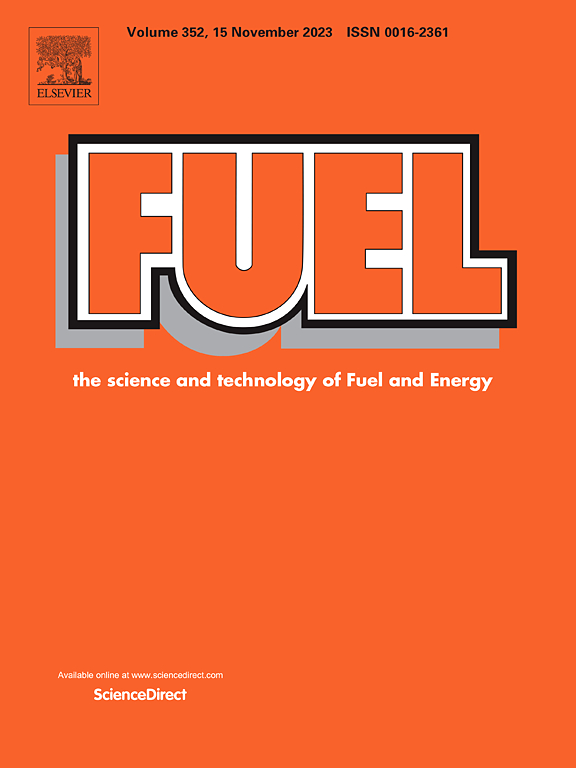Study of the influence of anisole amounts and equivalence ratios on 1–3 ring aromatics in premixed flames near the sooting threshold
IF 6.7
1区 工程技术
Q2 ENERGY & FUELS
引用次数: 0
Abstract
Anisole serves as a model compound for lignin-based biofuels, making it the focus of numerous combustion studies. Nonetheless, research on the influence of added anisole amount and equivalence ratio − two key parameters − on aromatics formation near sooting threshold flame conditions is scarce. This study introduces new experimental analyses, with complementary kinetic modeling, exploring these effects in five premixed flames with anisole used as a biofuel additive at atmospheric pressure. The first series of flames examines the impact of varying anisole proportions (0–15 %) on the concentrations of non-oxygenated and oxygenated aromatics. The sooting threshold was determined based on soot size distribution, measured with a sensitive nano-scanning mobility particle sizer. A second series of flames, containing 10 % anisole, was studied just before and after this threshold to evaluate equivalence ratio effects on aromatics. Gas samples were collected at different heights above the burner and analyzed through gas chromatography (GC) coupled with an online sample pre-concentration trap system, enhancing detection sensitivity by a factor of ∼1000 compared to conventional GC. This setup enabled the analysis of around 80 species (C1-C13), including polycyclic aromatic hydrocarbons (PAHs) and oxygenated PAHs (OPAHs), down to ppb levels. The results demonstrated that increasing the concentration of doped anisole correspondingly increased the formation of both non-oxygenated and oxygenated aromatics, with a more pronounced effect observed on oxygenated aromatics. While the equivalence ratio’s influence on non-oxygenated aromatics aligns closely with expectations, oxygenated aromatics display more complex and intriguing behavior, which is discussed in detail.

求助全文
约1分钟内获得全文
求助全文
来源期刊

Fuel
工程技术-工程:化工
CiteScore
12.80
自引率
20.30%
发文量
3506
审稿时长
64 days
期刊介绍:
The exploration of energy sources remains a critical matter of study. For the past nine decades, fuel has consistently held the forefront in primary research efforts within the field of energy science. This area of investigation encompasses a wide range of subjects, with a particular emphasis on emerging concerns like environmental factors and pollution.
 求助内容:
求助内容: 应助结果提醒方式:
应助结果提醒方式:


